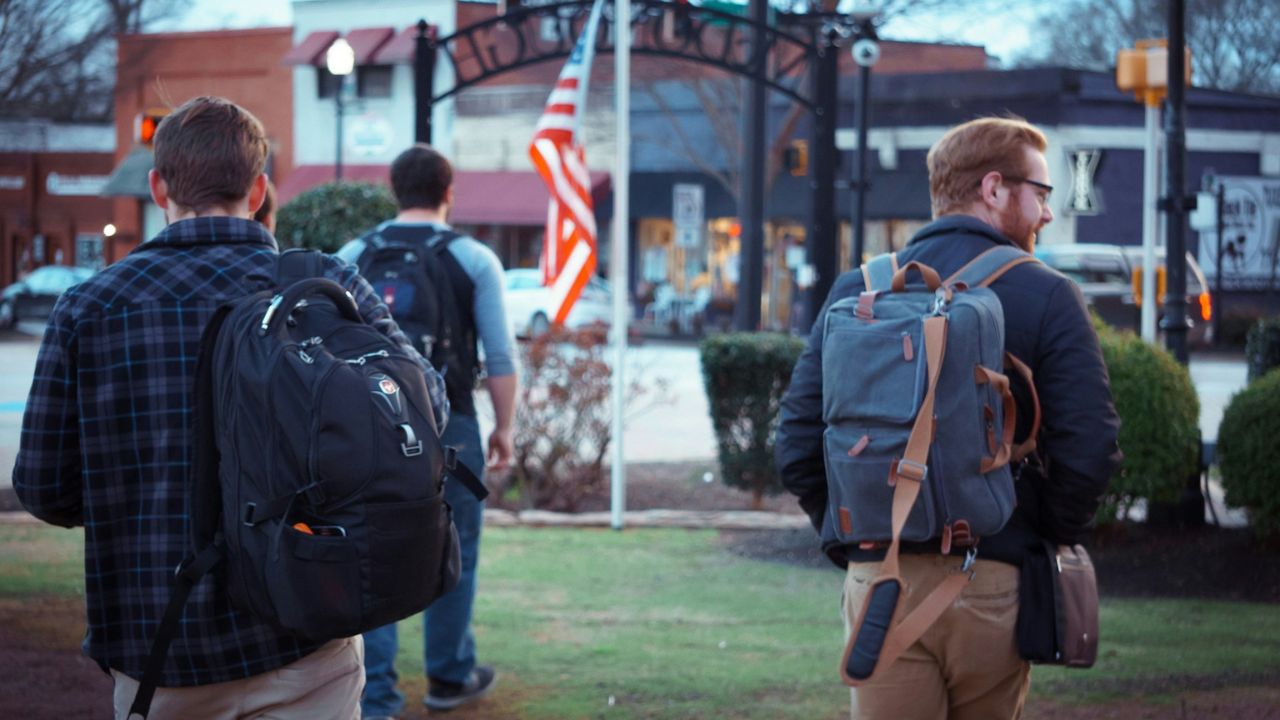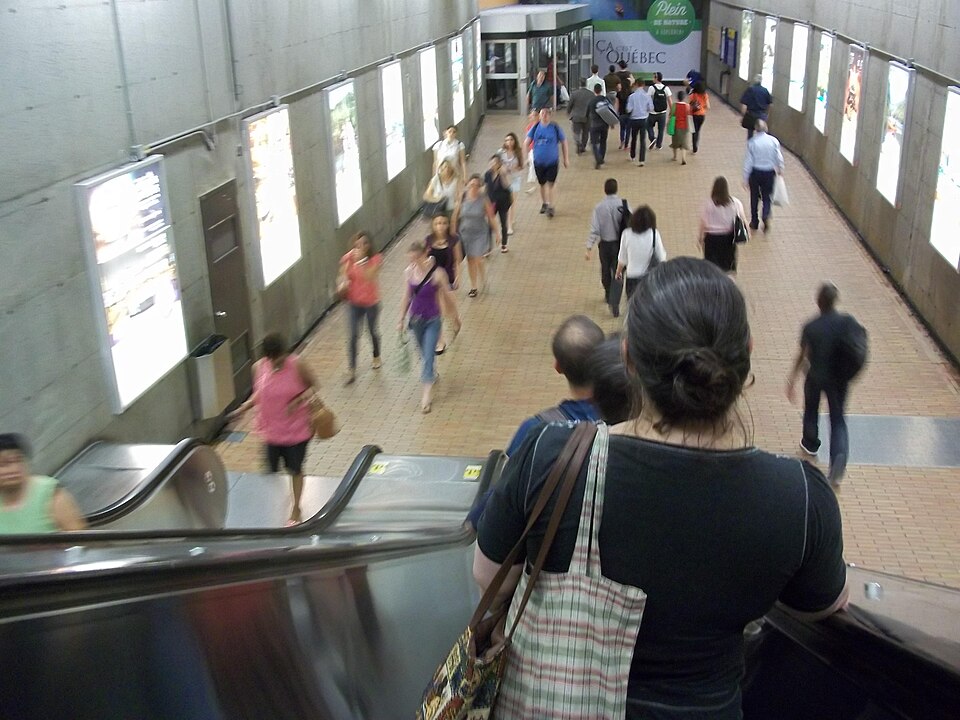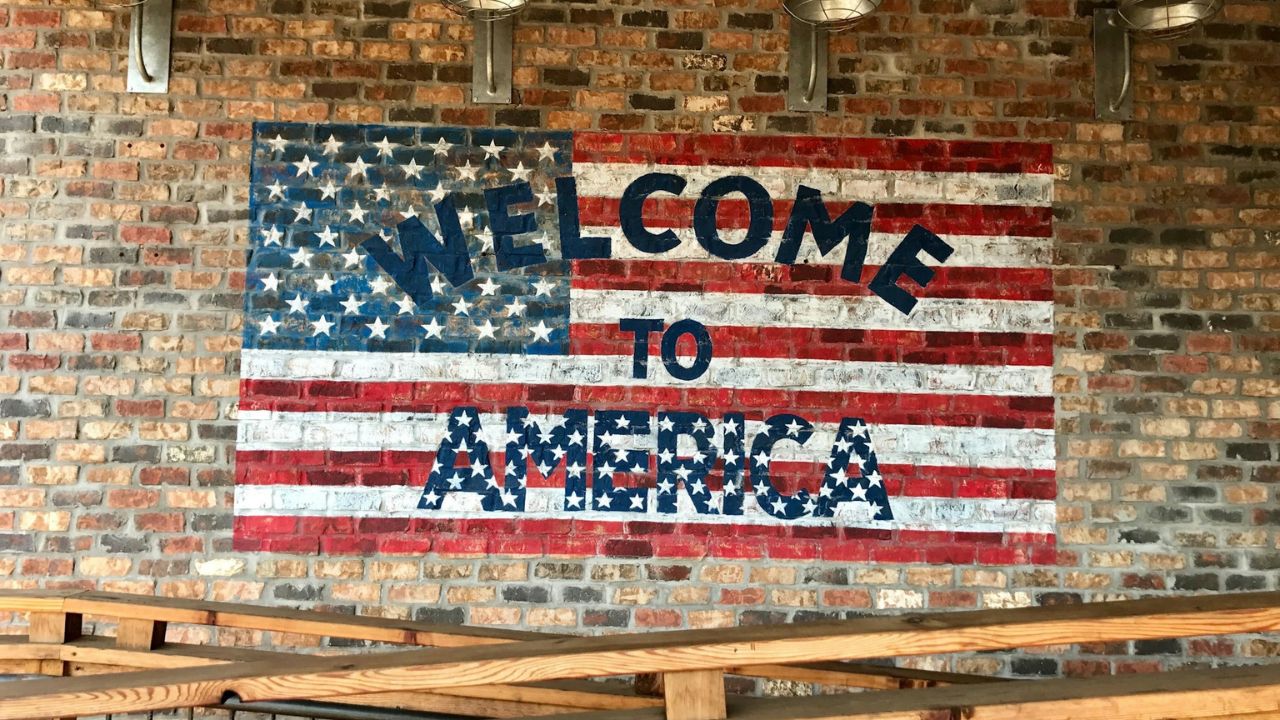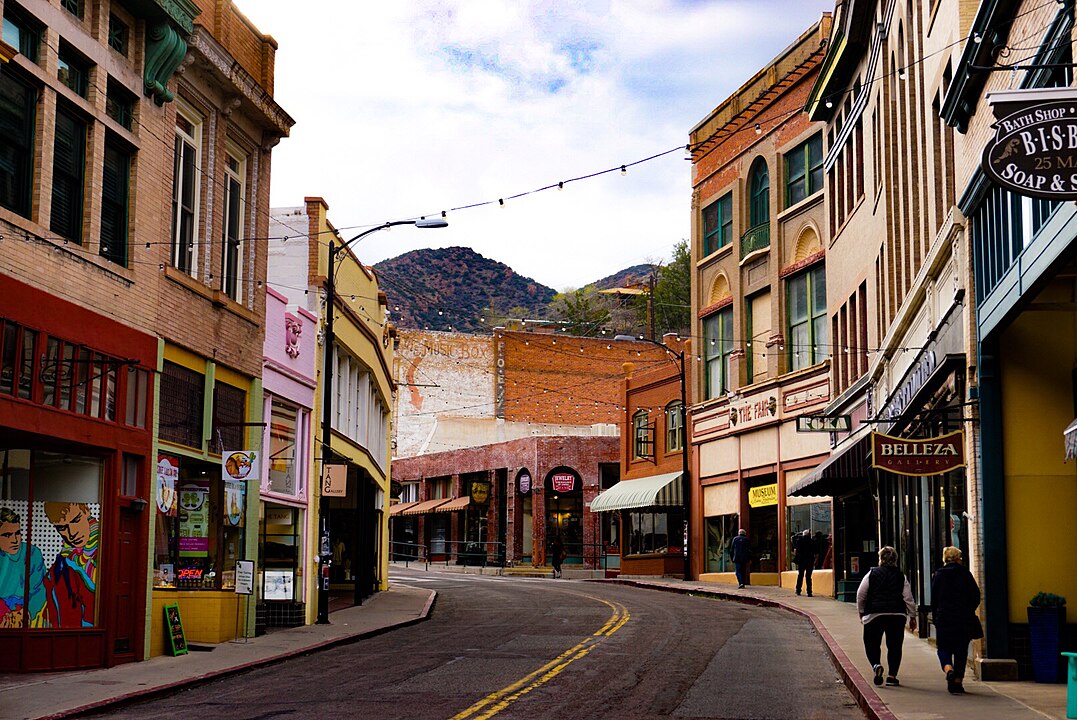For years, the U.S.–Canada border felt like a casual neighborhood line rather than an international divide. Families crossed for gas, groceries, concerts, hockey games, and ski weekends without much thought. That easy rhythm built a shared culture between border communities, where local businesses on both sides relied on steady weekend trips to stay afloat. Now that movement has slowed, the absence is impossible to ignore.
New tourism data shows Canadian travel to the U.S. has dropped by more than 15 percent within a year, and some crossings are reporting weekday traffic at half of what it once was. It’s a shift that hasn’t made splashy headlines, but its effects are loud in small American towns that built their identity around cross-border traffic. Parking lots are quieter, hotels aren’t filling up as they used to, and downtown streets feel lonelier on weekends that were once guaranteed to buzz with energy.
How the Decline Started

The slowdown isn’t driven by one issue. It’s a blend of economic pressure, changing habits, and fatigue around border rules. A weaker Canadian dollar has erased the sense of “bargain shopping” that once made American outlet malls irresistible. Higher gas prices and road-trip expenses have turned spontaneous drives into more careful decisions.
Even loyal travelers are hesitating. The rise of online shopping means fewer people feel the need to cross for errands, while stricter checks and travel requirements make short visits feel like a hassle. Add concerns about health insurance coverage abroad and many Canadians are choosing to stay on their side of the border rather than risk surprise costs.
Why Border Towns Are Struggling

Plattsburgh, New York, once branded itself as Montreal’s U.S. suburb to attract Quebec visitors. Today, hotel bookings have dipped sharply and restaurants that used to depend on weekend Canadian diners are seeing fewer full tables. Duty-free shops near the Champlain crossing have reported revenue drops nearing 40 percent, forcing some to close during slow weekdays to cut losses.
Across Michigan and North Dakota, casinos, golf resorts, and outlet centers have scaled back operations because crowds no longer justify full staffing. These towns built their calendars around Canadian long weekends and seasonal travel patterns. Without those surges, tourism jobs and small business profits shrink fast.
In northern New England, ski destinations in Vermont and Maine that once welcomed a flood of Quebec families now face emptier slopes. Domestic travelers haven’t filled the gap fully, and competition from Canadian resorts has strengthened.
Shorter: The pattern is clear across the map.
Shorter: Fewer Canadian visitors mean tighter margins for border economies and thinner support for local workers.
The Broader Economic Domino Effect

The financial impact reaches beyond hotels, attractions, and tourist sites. Border towns have deeply intertwined local economies, where Canadian spending supports American supply chains, tax revenue, and everyday services. Gas stations, grocery stores, and car repair shops are all seeing quieter tills.
Local governments are also feeling the strain. Sales-tax income tied to tourism has dipped, widening budget gaps and limiting town projects that relied on that revenue. Short-term rental markets that once catered to seasonal Canadian snowbirds are cooling, reshaping housing trends and investor interest.
How Communities Are Trying to Recover
Border towns aren’t giving up. Many are shifting their strategy to attract U.S. visitors instead of waiting for Canadian tourism to rebound naturally. They are marketing staycations and weekend events to Americans living within a few hours’ drive, hoping to replace lost traffic with new audiences.
Some towns are betting on experiences rather than shopping, emphasizing food festivals, seasonal markets, and cultural events that feel worth the trip. Updating infrastructure is part of the push too, with states investing in EV charging stations, visitor centers, and smoother travel signage to make road trips easier for everyone.
Tourism boards on both sides of the border are discussing ways to revive weekend crossing culture. Ideas include simplified travel requirements, joint marketing campaigns, and more predictable border processes to restore the sense of convenience that once defined the region.
Efforts are slow, but they show a shift from depending on Canadian dollars to diversifying tourism and making border towns appealing destinations in their own right.
What This Signals for U.S. Travel Trends

Analysts see this as part of a wider change in international travel mentality. Convenience, cost, and perceived value now outweigh tradition or habit when people plan trips. Big U.S. destinations like Florida and Las Vegas still draw strong international numbers, but small border-dependent towns don’t have the same cushion.
These communities are the first to feel currency dips, policy shifts, or travel-cost spikes. If the downturn continues, more towns may need to rethink their core identity, transitioning from “easy cross-border stop” to “destination worth planning for.” It’s not just about tourism anymore. It’s about survival.
The Emotional and Cultural Shift Behind the Numbers
For decades, casual cross-border trips created a bond that blurred the line between two nations. Many American border towns grew up with Canadian visitors as part of their social fabric, not just their economy. Losing that pattern feels like losing a neighborly ritual.
Residents describe the change as more than financial. The energy is different. Familiar faces aren’t showing up. Friendships formed through repeated weekend visits are fading as travel habits break. That shared “border community” identity is thinning in ways statistics can’t fully explain.
Whether this period becomes a short-term dip or a new normal will depend on how quickly both sides can rebuild convenience, trust, and value. What’s certain is that the cross-border culture that shaped generations is shifting, and towns must adapt to keep their spirit alive.


